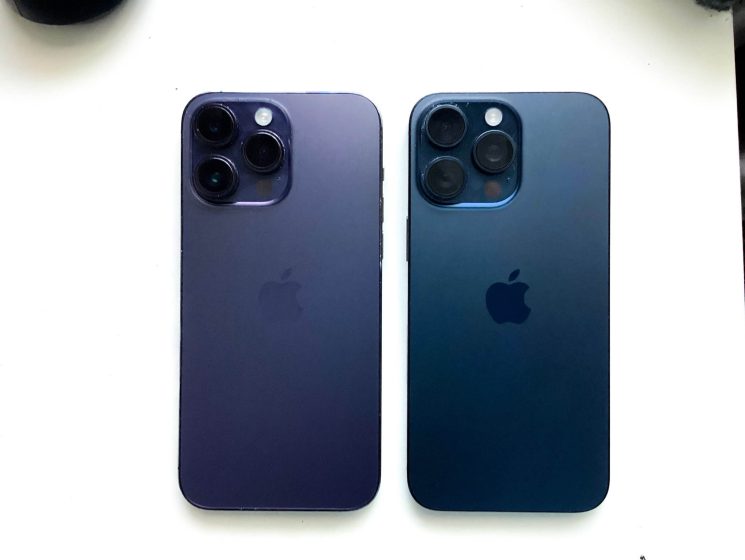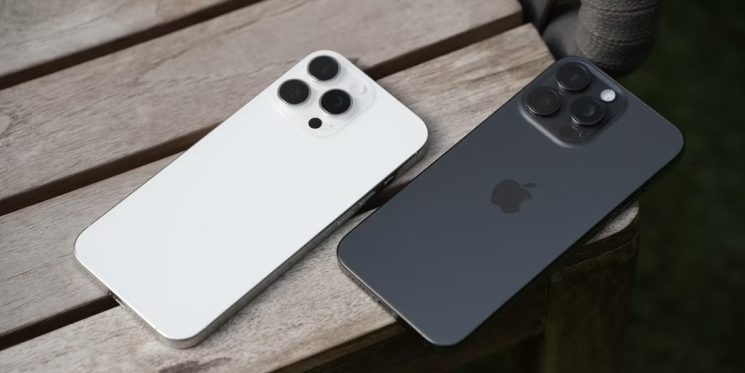
By Kevin Tran
With the announcement of the iPhone 16, the iPhone 16 Pro Max retains a design almost identical to its predecessors, the iPhone 15 and iPhone 14 Pro Max. While Apple’s recent iPhone models introduce minor enhancements, they lack the innovation in earlier models, leading to a sense of refinement rather than true advancement.
Since its release on June 29, 2007, the iPhone has revolutionized the smartphone industry. With each annual iPhone release, Apple has consistently raised the bar, pushing the boundaries of what a smartphone could do. But in recent years, some have questioned whether the iPhone is still innovating with every new release.
The shift from innovation to iteration
In the early years of the iPhone, each new phone release felt like a game-changer. For instance, when the iPhone X launched in 2017, it redefined the iPhone experience with the introduction of Face ID and removing the home button. Suddenly, you could unlock your phone just by glancing at it. Furthermore, the iPhone X also introduced a stunning edge-to-edge OLED display, making everything from photos and videos incredibly crisp and lively.
Not only that, but it also gave the iPhone a sleeker and more futuristic design, making it feel completely new compared to its previous models. These features at the time felt like holding a new piece of technology that was different from the previous iPhones and made it feel like a completely new phone.
Another impactful release was the iPhone 4, which introduced FaceTime. This made it so easy to have video and audio calls without the need for third-party apps which was extremely convenient.

In comparison to its predecessors, however, the iPhone 16’s design lacks significant innovation. While the phone does introduce a few enhancements, it’s largely built on the foundation of previous models. Take, for instance, the iPhone 16’s new camera controls which make taking photos more intuitive. However, this is merely an extension of the camera improvements in previous models.
Additionally, both the iPhone 16 and 15 have a 48MP main camera and MagSafe charging. These newer iPhones feel like a refined version of their predecessors rather than a new device and lack the ‘wow’ effect that the iPhone X had. This is partly due to many of the core functions — such as the design and the performance — which have not drastically changed over the last few releases.
Although the iPhone 16 has a new feature where you can create custom emojis, or ‘Genmojis,’ using Apple AI, this feature feels like a fun gimmick rather than a groundbreaking technology. While it adds an imaginative way to personalize your emojis, it doesn’t show a major shift in how we use our phones.
Conclusion
To sum up, while Apple’s recent iPhones come with a few notable enhancements over their predecessors, they don’t have the same technological leap as the older models like the iPhone X and 4 and ultimately feel like the same phone design-wise. We will just have to wait and see what Apple is truly capable of when the iPhone 17 releases.





